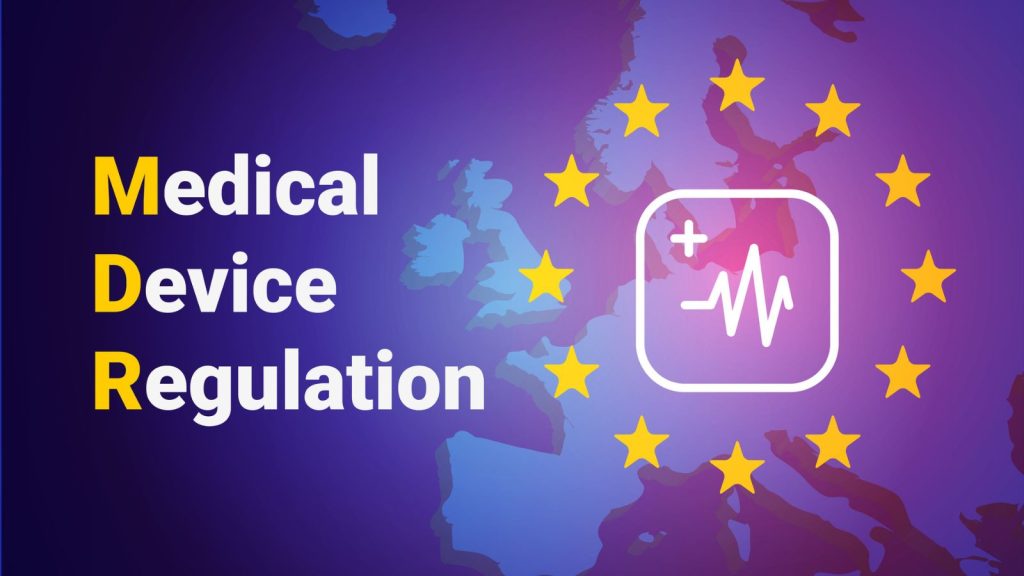
Why is Localization Essential for Regulatory Compliance?
Articles
・5 min read
Consisting of Iceland, Liechtenstein, Norway, and Switzerland, the European Free Trade Association (EFTA) is a regional trade association that plays a key role in shaping trade dynamics, particularly within the European Union (EU). Despite not being EU members, EFTA countries align their regulations closely with the EU to ensure seamless trade and regulatory cooperation.
This organization is significant in the life sciences sector, especially when considering compliance with European Union regulations. Here we will examine how EFTA is affected by the EU’s Medical Device Regulation (MDR) and In Vitro Diagnostic Regulation (IVDR), two key regulatory frameworks that have reshaped the landscape of medical device and diagnostic regulation within the EU.
The EFTA’s relationship with EU legislation is strategic, ensuring market access and uniform standards, especially in the life sciences sector. The EFTA adopts EU laws into their national legislation, ensuring access to the EU market and uniform standards across the economic zone. By doing so, EFTA countries ensure that their regulations meet EU expectations and allow them to participate in the EU market.
EU legislation like the MDR and IVDR is incorporated into EFTA member countries through a detailed process. Firstly, these EU regulations are transformed into European Economic Area’s (EEA) single-market legal acts. This is done through the EEA Agreement, which is based on the EU’s primary and secondary legislation relevant to the internal market. EFTA countries then adopt these EEA legal acts into their national laws. This process often requires approval from national parliaments, ensuring that new EU legislation, like MDR and IVDR, becomes binding in EFTA countries.
In EEA-EFTA countries, medical devices are regulated similarly to the EU to align with EU legislation like MDR and IVDR. This means EFTA members adopt EU standards and requirements for medical devices, ensuring consistency throughout the EEA. The main difference lies in the process of legal adoption; EFTA countries incorporate EU regulations into their national laws, which often requires parliamentary approval. This process maintains uniform standards across the EEA while allowing for some national-level adaptation.

Each EFTA country has implemented specific language requirements for medical device labeling and instructions. For example, Iceland generally requires Icelandic for public use devices, Liechtenstein requires German, and Norway requires Norwegian, with certain conditions allowing for English use in professional settings. This adherence to language specifications plays a crucial role in ensuring that medical device information is accessible and understandable to users in each country.
Switzerland is in a unique position regarding these regulations because Switzerland, though part of EFTA, is not a member of the EEA. Unlike other EFTA countries, Switzerland engages in separate bilateral agreements with the EU, affecting its approach to these regulations. This results in a more complex regulatory process for Swiss manufacturers, as they must navigate compliance within a framework that’s not automatically synchronized with EU standards.

Understanding how EFTA intersects with EU standards, especially concerning MDR and IVDR, is key for navigating the evolving landscape of medical device and diagnostic regulation in Europe. These regulations set high safety and quality benchmarks, bringing significant changes in how products are developed, tested, and documented.
While adapting to these standards can be costly and complex, it’s not all about overcoming hurdles. There’s a bright side: the MDR and IVDR can open doors to better patient outcomes and strengthen your brand. Staying up to date with these evolving regulations not only complies with regulatory requirements but also builds consumer trust, giving you a competitive edge in the bustling European market.
At Argos Multilingual, we’ve got the experience to help guide you through the MDR and IVDR. To learn more, visit info.argosmultilingual.com/mdr-europe and info.argosmultilingual.com/ivdr-europe
What to read next...
Want to know more?
The latest industry news, interviews, technologies, and resources.
View all resourcesGet in touch
We are committed to giving you freedom of choice while providing subject matter expertise and customized strategies to fit your business needs.
Contact us